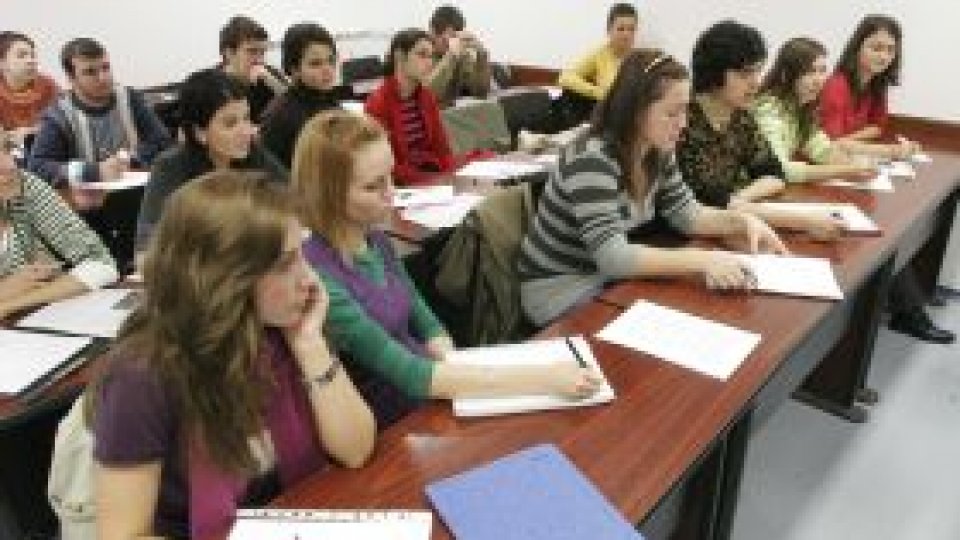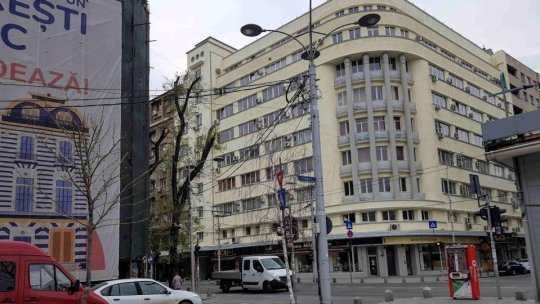European Commission demanded more investments in education
The European Commission indicated in a report that the investments in education will lead to the revival of the economic growth, showing that Europeans with poor education have been the most affected by the crisis.

20 Aprilie 2011, 09:33
The European Commission indicated in a report that the investments in education will lead to the revival of the economic growth, showing that Europeans with poor education have been the most affected by the crisis.
A European Commission report, released on Tuesday, showed that the goals set for the education development by 2020 are difficult to reach, especially after the austerity measures.
Reducing illiteracy, school dropout, increasing the number of students in primary education and in postgraduate, as well as stimulating life long learning are the targets set by the European Union.
The annual monitoring report showed major disparities between the Member States, with Romania, located in the second half of the chart in almost all categories, despite its progress ofr the last decade.
Between 2000 and 2009, the Member States managed to improve their performances in education, but not sufficiently.
Five clear targets have been at a European level for 2020. Firstly, the number of those who leave school too early will have to drop below 10 percent.
Currently, the European average is 14 percent, and the most powerful countries are Poland with 5.3, Slovakia with 4.89 and the Czech Republic with 5.4.
School dropouts in Romania, below European average
According to the report, in Romania, the percentage of the premature dropouts was approximately 16, slightly below the European average. Other countries such as Malta, Portugal and Spain were situated far from this average range with over 30 percent.
Another goal referred to the number of children entering the education system before reaching the mandatory age.
The European average is currently 92 percent and by 2020 should reach 95.
Belgium, France and the Netherlands were already close to 100 percent, while Poland, Lithuania and even Ireland were below 80.
In Romania, the percentage rose from 67.6 in 2000 to 82.8 in 2009.
By 2020, Europe intended to reduce the number of young people of 15 years old with reading difficulties, with poor results in mathematics and science from the current 20 percent to 15 percent.
Romania and Bulgaria still have a long way to go from 40 percent. The best in this category were Finland, the Netherlands and Estonia, which have already achieved their target for 2020.
Tertiary education in Romania
Regarding the tertiary education, the number of people between 30 and 34 years old who completed their postgraduate education and other training courses has to exceed the current 32.3 percent and reach 40 percent.
Herein, Romania was somewhere at the bottom of the chart, with only 16.8 percent, while Ireland, Denmark, Netherlands, Luxembourg have overcome the target set for the next ten years since 2009 .
And finally, the fifth goal referred to the continuous education of the adult.
At European level, the percentage has slightly dropped, from 9.8 in 2005 to 9.3 in 2009. The target for 2020 is 15 percent.
The differences between Member States were very high. While in Denmark, Sweden and Finland the percentages ranging from 20 to 30 percent can be mentioned, in Romania, Bulgaria, Slovakia, Hungary, they ranged from 1.5 to 2.7.
Concerning the investments in education, the report showed an increase of the expenses in this area since 2000, but the economic crisis has led to severe measures of reducing the budgets for education.
But the European Commission highlighted that the investments in education will only lead to a revival of the economic growth, as the statistics showed that the most affected ones by the economic crisis have been the Europeans with poor education.
Translated by: Iulia Florescu
MA Student, MTTLC, Bucharest University













